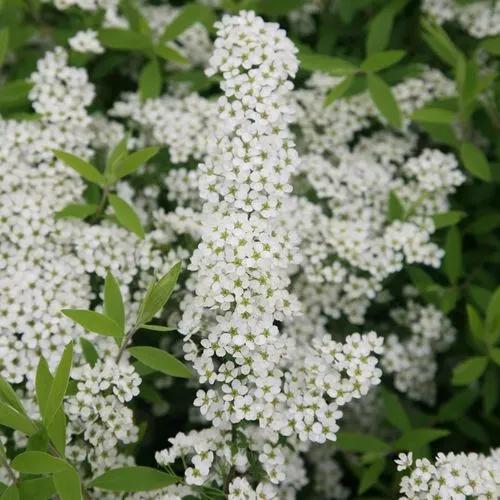Rumex acetosa, commonly known as red sorrel, sheep's sorrel, field sorrel and sour weed, is a species of flowering plant in the buckwheat family Polygonaceae. Native to Eurasia and the British Isles, the plant and its subspecies are common perennial weeds. It has green arrowhead-shaped leaves and red-tinted deeply ridged stems, and it sprouts from an aggressive and spreading rhizome. The flowers emerge from a tall, upright stem. Female flowers are maroon in color.
Red Sorrel Care
Rumex acetosa



A perennial herb that has a slender and reddish upright stem that is branched at the top, reaching a height of 50 cm (20 in).[3] The arrow-shaped leaves are small, about 2.4–5 cm (1–2 in) long and .5–2 cm (1⁄4–3⁄4 in) wide, with pointed lobes at the base. It blooms during March to November, when yellowish-green (male) or reddish (female) flowers develop on separate plants at the apex of the stem, which develop into the red fruits. Native to Eurasia and the British Isles, Rumex acetosella has been introduced to most of the rest of the Northern Hemisphere. It is commonly found on acidic, sandy soils in heaths and grassland. It is often one of the first species to take hold in disturbed areas, such as abandoned mining sites, especially if the soil is acidic. Livestock will graze on the plant, but it is not very nutritious and is toxic in large amounts because of oxalates. The American copper or small copper butterfly depends on it for food, although its larvae can consume some related plants. Rumex acetosa is widely considered to be a hard-to-control noxious weed due to its spreading rhizome. Blueberry farmers are familiar with the weed because it thrives in the same conditions under which blueberries are cultivated.
This plant is useful.
How to get rid of: Cultural control and sanitary measures Prescribed burning has been suggested for R. acetosella control, but it is unlikely to provide satisfactory control unless fires are extremely severe. Following burning of wild blueberry fields, a large increase of R. acetosella was observed, though subsequent burnings did reduce the occurrence of R. acetosella, likely due to destruction of seed in the seed bank.
Physical/mechanical control Attempts to eradicate R. acetosella through cultivation may be possible but creeping rootstalks and long-lived seeds may hinder such efforts. A 3- to 4-year rotation of crops with clean cultivation, followed by a grain and/or a cover crop, and finally a return to pasture or perennial crop is effective at reducing R. acetosella infestations. Infested areas should be cultivated at regular intervals allowing for some regrowth before re-cultivation to exhaust food reserves in root fragments
Movement control As R. acetosella can be a contaminant in forage seed , it is imperative that measures are in place to prevent long-distance dispersal via that pathway. Boyd and White recommended reducing the movement of R. acetosella seeds in blueberry crops through harvesting by avoiding high density patches or adjusting harvest times, as well as cleaning of harvest equipment and other agricultural implements.
Biological control Biological control has not been attempted for R. acetosella; neither have potential biological control agents been clearly identified .
How to Care for the Plant

Popularity

427 people already have this plant 82 people have added this plant to their wishlists
Discover more plants with the list below
Popular articles






